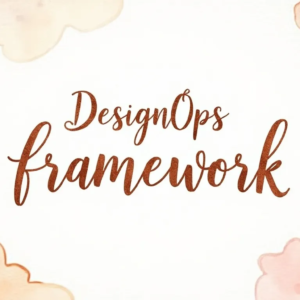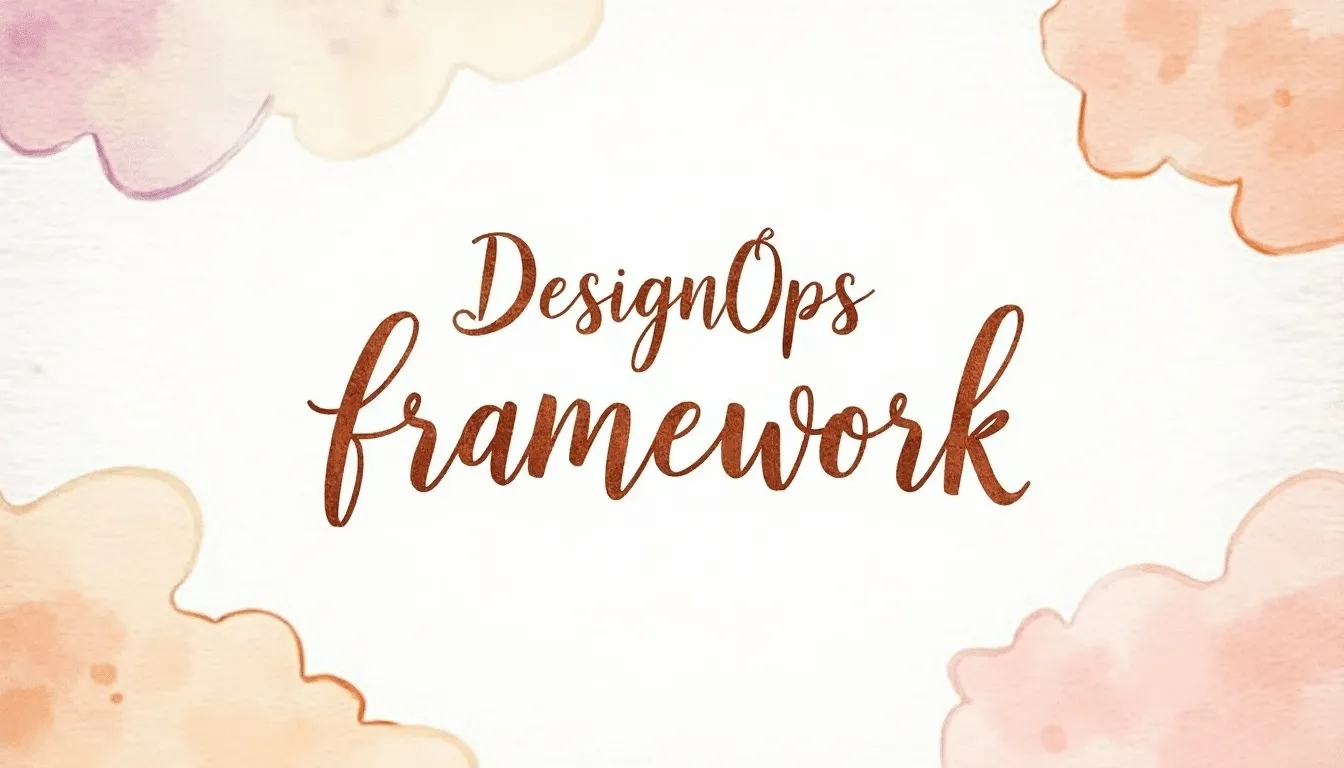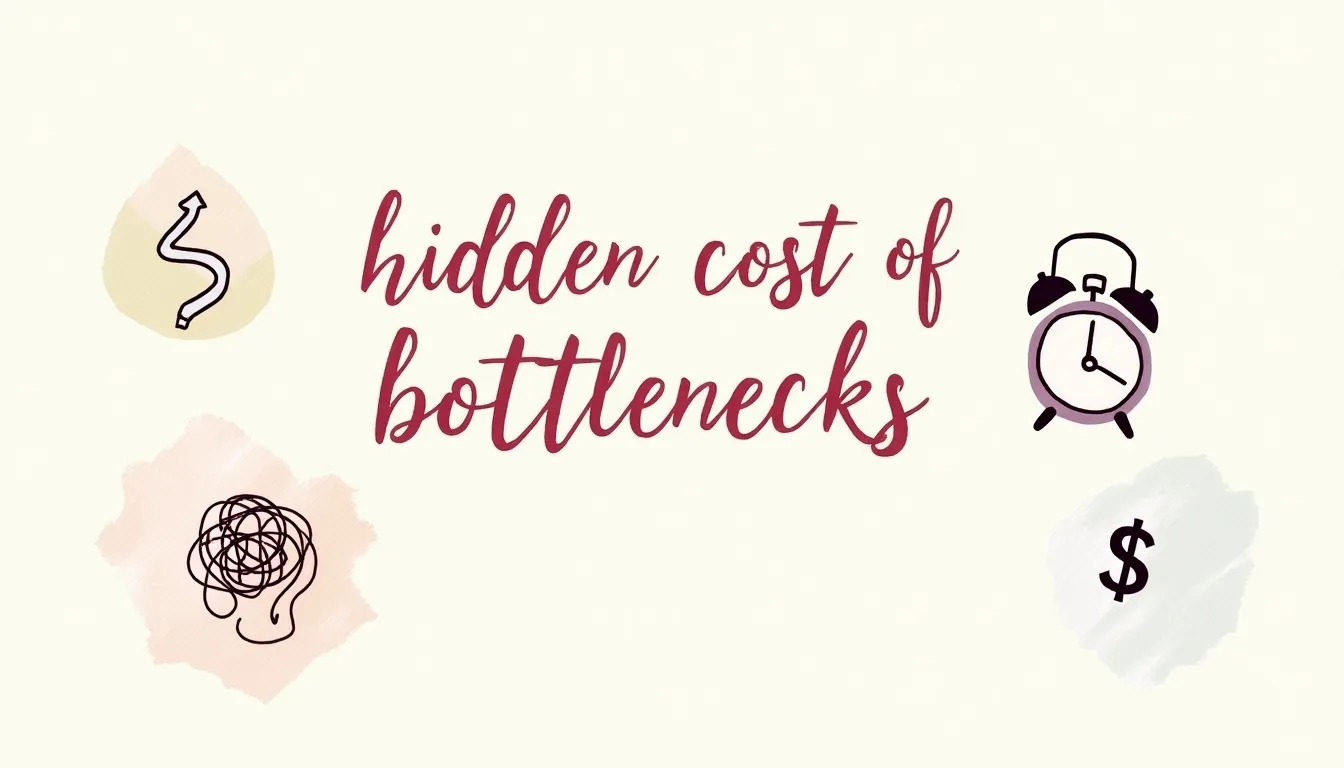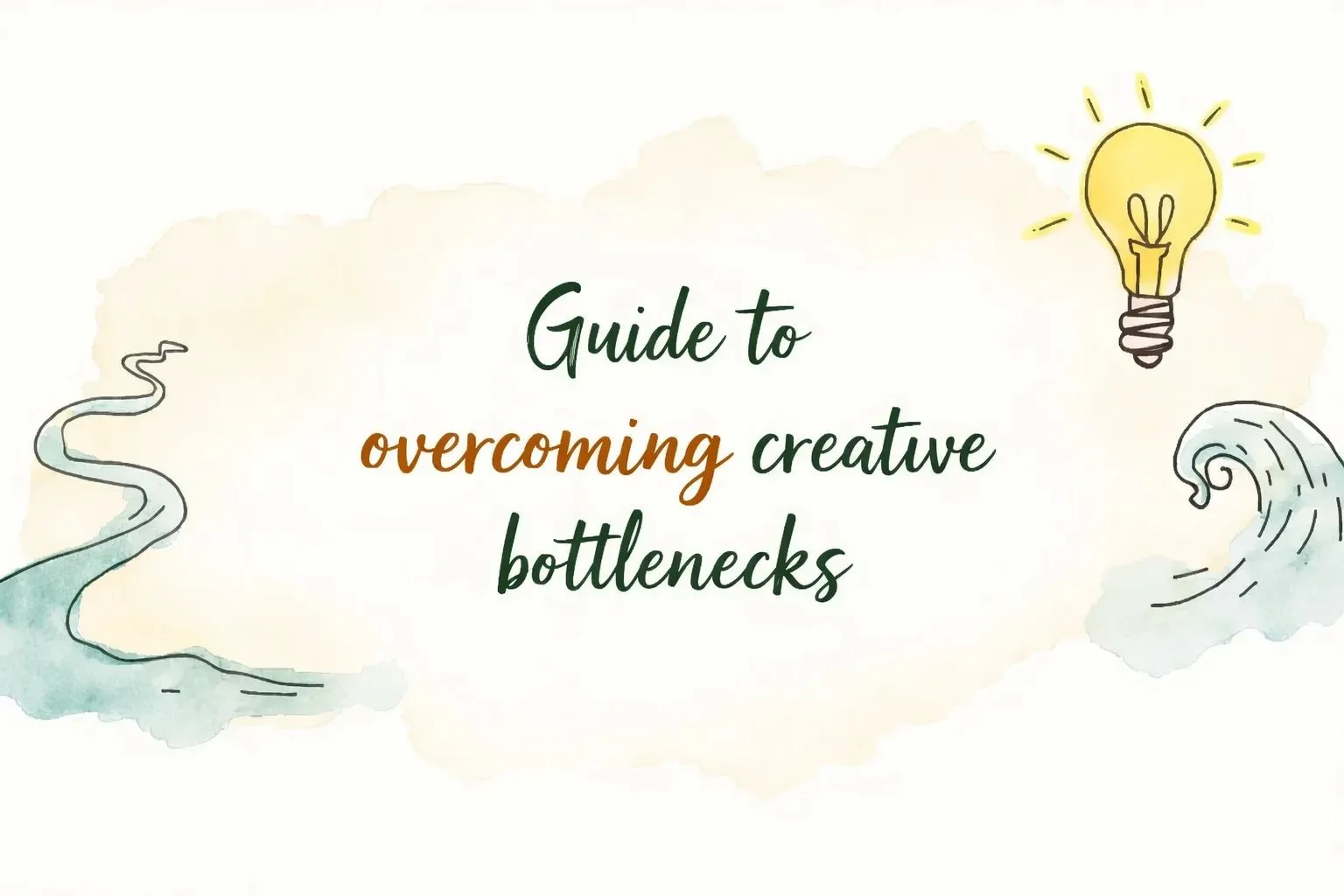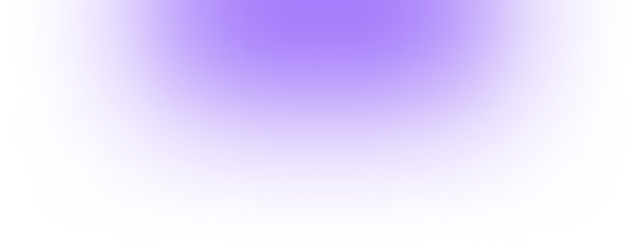The graphic design art power isn’t just isolated artifacts but markers in time, telling us stories about the people & cultures that made it. The most effective design exhibitions don’t just present a series of objects in a white cube, isolated from the context, but tell a bigger story, whether cultural, political, economic, or geographical. Through the creative process, the designer continually creates new futures by making something that wasn’t there before. Every design decision & piece that’s put into the globe unveils new worlds & creates new timelines for the longer term. Each design act may be a forward-looking act.
Design is about projecting ahead, imagining new possibilities that may transform this & build new potential futures. Give some thought to branding. The designer is additionally projecting into the long run in designing a brand for a corporation, imagining how that company could represent itself to its clients. The designer speculates how its inhabitants will in the future use it when conceiving a building or space. When that brand & building are put into the globe, the futures conceptualized by the designers become real & also, the present becomes the long run. Graphic designers shape what doesn’t yet exist within the process of illustrating ideas, manufacturing models, drawing up plans, or prototyping solutions. From our buildings, streets, education, food & health care to our political, economic & communications systems, the range of projects engaged by designers has grown exponentially, particularly in recent years, as centuries of experience are being rethought in response to digitalization. Today’s design is over just styling, aesthetics, or perhaps the ever-remembered ‘problem-solving.’
Design is often seen as an artifact made by ideology — the method of turning ideas into reality, moving from speculation to actualization. Today’s designs, perhaps more so now than ever, can show us what futures we glance to.
What’s sure about the long run of graphic design?
Animation & VR are big things on everybody’s mind when it involves the longer-term graphic design business. Medium is on its trail out, and therefore the way forward for graphic design is rapidly becoming digital media.
By fusing with augmented reality & eventually, 3D printing, graphic design’s long run will be elevated to new heights. Increased reality & video game experiences allow people to enter the experience for recreational, educational, or occupational purposes. Graphic designers are chargeable for creating those worlds for people to hitch in. Augmented reality will also enable designers to unchain themselves from their desks and design on the go or incorporate more real-world elements. 3D printing will force designers to stay up-to-date on trends within the industry & move quicker. As this technology becomes accessible to the masses, there’ll be a greater need for quality designs, but people will expect them faster.
Graphic design with experience in design is on a collision course. Printing is already near death as a medium of expression, but planning has never been more critical. In the future, all designers would force to consider how users experience their added context. It’s the 3rd dimension. The divide between technologically driven design & graphic nostalgia will widen in 10-15 years. There’ll still be books, posters, & signage, with unusual new twists. Video games are fully functional through contact lenses or brain implants & can require a replacement form of affordable graphic design approach to interactive-meets-motion graphics-meets-film. Economically, the industry will work like YouTube — commodified but with significant influencers & specialists who shine & distinguish themselves around that moment’s cultural interests. Graphic design is crucial to all or any enterprises. For printing, one needs business cards, flyers & postcards, and graphic design is crucial within the digital world. Most business owners & marketers know that content is king. However, the simplest kind of content contains far too many words & if the article is too long, the bulk of users will walk away before they even finish reading the piece.
An excellent way for users to know & understand content more quickly is thru images, infographics, memes, quote cards, slideshows & even videos. In the long run, graphic design artists will desire visual content more than traditional graphic design elements. Over the approaching years, graphic design is going to be more immersive. Paper is outdated, so every website design feel will be digital. These designs would force layers that allow the user to click more deeply into the look, selling the merchandise without actually making a pitch. The user will start gazing at the weather, a bright sunny day, so virtually pick an outfit for the day to appreciate that I do not have sunglasses! The subsequent graphic shows sunglasses choices that match the chosen outfit & the way they give the impression of being on the user. During this layered format, graphic designers will create every design, realizing they can not buy them. To explicit advertising, the longer-term population is so blind; they’ll be rendered completely useless.
As hard as imagining what comes after this, brooding about the longer term, every future must start with this. Today’s designs, perhaps more so now than ever, can show us what reasonable futures we view.
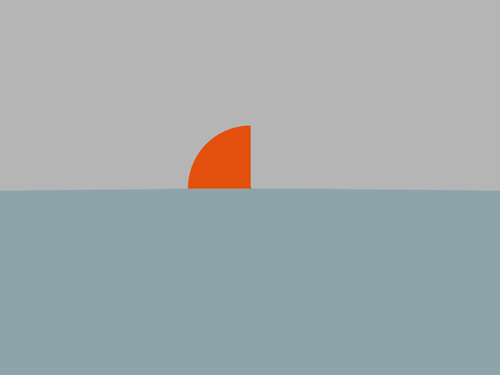
The big thing on everybody’s mind when it comes to the future of graphic design business is animation & VR. Print media is on its trail out & the future of graphic design is rapidly becoming digital media.
By fusing with augmented reality & eventually, 3D printing, the future of graphic design will be elevated to new heights. Increased reality & virtual reality experiences allow people to enter the experience for recreational, educational, or occupational purposes. Designers will be responsible for creating those worlds for people to join in. Augmented reality will also enable designers to unchain themselves from their desks & on-the-go design or incorporate more real-world elements. 3D printing will force designers to keep up-to-date on trends in the industry & move quicker. As this technology becomes accessible to the masses, there will be a greater need for quality designs, but people will expect them faster.
Graphic design with experience in design is on a collision course. As a medium of expression, printing is already close to death, but the design has never been more critical. In the future, all designers will require to think about how users experience their work in context. It is the 3rd dimension. The divide between technologically driven design & graphic nostalgia will widen in 10-15 years. There will still be books, posters & signage with unusual new twists. Virtual reality will be fully functional through contact lenses or brain implants & will require a new type of affordable graphic design approach to interactive-meets-motion graphics-meets-film. Economically, the industry will work like YouTube — commodified but with significant influencers & specialists who shine & distinguish themselves around that moment’s cultural interests. Graphic design is crucial to all enterprises. For printing, you need business cards, flyers & postcards, and graphic design is essential in the digital world. Most business owners & marketers know that content is king. However, the best type of content contains far too many words & if the article is too long, most users will walk away before they even finish reading the piece.
An excellent way for users to understand & understand content more quickly is through images, infographics, memes, quote cards, slideshows & even videos. As for the future, graphic design artists will see more of a need for visual content than traditional graphic design elements. Over the coming years, graphic design will be more immersive. Paper will be outdated, so every website design feel will be digital. These designs will require layers that allow the user to click more deeply into the design, selling the product without actually making a pitch. The user will start looking at the weather, a bright sunny day & then virtually pick an outfit for the day to realize that I don’t have sunglasses! The next graphic shows sunglasses choices that match the selected outfit & how they look on the user. In this layered format, graphic designers must create every design, realizing they can’t buy them. To explicit advertising, the future population will be so blind; they will be rendered completely useless.
As hard as imagining what comes after this, thinking about the future, every future must start with the present. Today’s designs, perhaps more so now than ever, can show us what kind of future we look to. Feel free to check our blog page for more such informative blogs.



